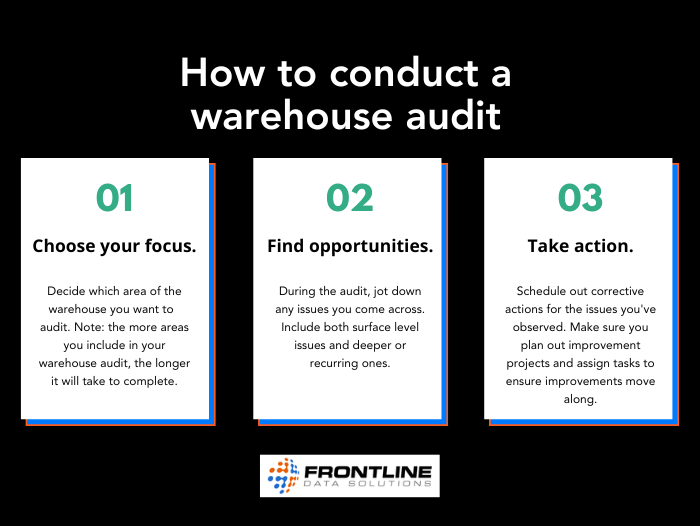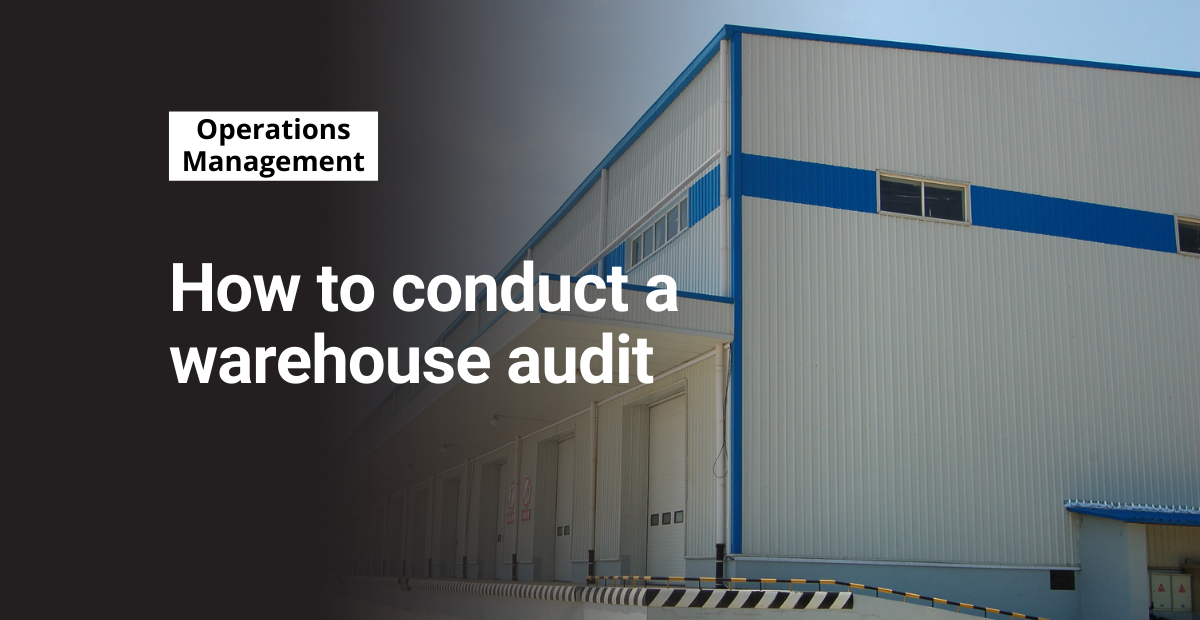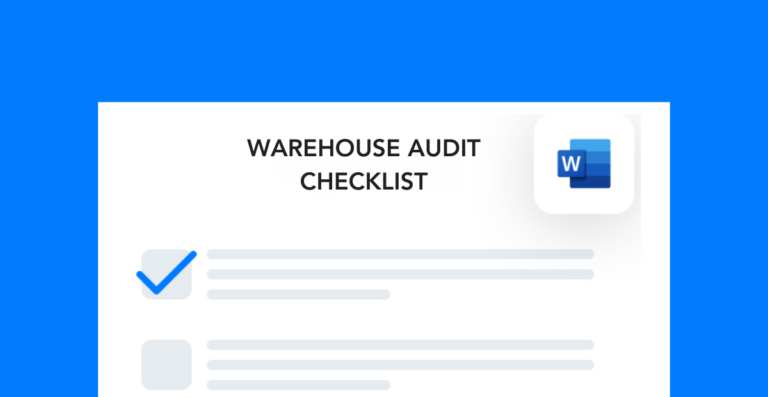What I love most about the warehouse environment is that there’s always something to do. In the hustle and bustle of everyday activities, however, it can be hard to set aside the time to work on improvement projects.
That’s why conducting an effective warehouse audit is an important skill that every leader needs to have. From ensuring warehouse security and following safety protocols to tracking inventory, a warehouse audit can help you identify potential areas for improvement in your operations.
The more auditing you do, the more effectively you can make changes. While some areas need a complete overhaul, many others require only a few minutes. These are the steps I follow to conduct a comprehensive warehouse audit every time.
Choosing what to audit
Before you start a warehouse audit, decide where you want to focus. A full audit can take several hours or days to complete depending on how thoroughly you check everything.
I prefer auditing individual areas of the warehouse in depth and then completing a more general audit each week. Here are some major areas you might want to audit:
- Pallet racking and/or storage bins
- Workstations (pack tables, management desks, etc.)
- Ship dock
- Warehouse documentation
- Trailer yard
- Product inventory
- Corporate offices
- Facilities (bathrooms, break rooms, etc.)
- Conveyance
- PIT equipment
If you have a smaller warehouse, you can easily combine some of these categories. You can also simply break up the building into separate areas (outbound, inbound, etc.) and audit all the categories within those regions.
Conducting the audit
Once you’ve picked the area(s) you want to focus on, you can start the actual audit. Remember, the goal is to find areas of improvement. In general, I recommend looking at safety, productivity, quality, 5S, and administrative performance.
A successful warehouse needs all these areas to run smoothly.
The surface level details should be easy to fix. Repair a table leg. Resecure some electrical cables. Declutter a disorganized cabinet. Jot down even these small tasks as corrective actions. You never know how a simple fix might improve productivity or prevent safety incidents.
Warehouse audits, however, offer an opportunity to go beyond these details. Especially when you do them regularly.
Over time, you may realize that the same problem keeps popping up every few months, weeks, or even days. During your audits, jot down everything you see that could use improvement—regardless of whether you know immediately how to tackle it.
After collecting your observations, you can start to work on fixing issues and brainstorming long-term solutions.

Acting on your findings
Your warehouse audit will prove useless unless you act on your findings. Start by tackling the easy tasks:
- Scheduling equipment repair or maintenance
- Cleaning up a messy area
- Red tagging broken equipment
- Filing outstanding warehouse documents
Next, figure out which areas require a bigger time investment to improve. For example, if you’re auditing your product inventory and realize that certain items often end up damaged, you need to find out why.
Naturally, deep diving an observation from a warehouse audit will take time. So, it’s necessary to block off time on your team’s calendar to tackle these areas with more care.
The last part of your audit is to plan out any large projects. This can include things like repairing door seals on the ship dock or reorganizing pack stations to a more efficient layout.
Make sure that you schedule action items for these projects, so they’re completed in a timely manner. If you don’t, you’ll probably come across the very same observation on your next warehouse audit.
Documenting warehouse audits
As with any form of process improvement, it’s important to document your findings. That’s because documentation:
- Makes it easier to find recurring issues
- Ensures that employee turnover doesn’t disrupt progress
- Establishes your commitment to improvement (for regulatory purposes)
- Provides your team with a historical record of what has and hasn’t worked
The best way to keep track of past warehouse audits is to store them in the cloud. EHS software is probably the most common tool that companies use to manage both internal and external compliance data.
I personally prefer digital data management because I can see other peoples’ notes and whatnot if I’m trying to deep dive an issue. Whether you use software or just a central file storage location, I definitely recommend a digital version.




